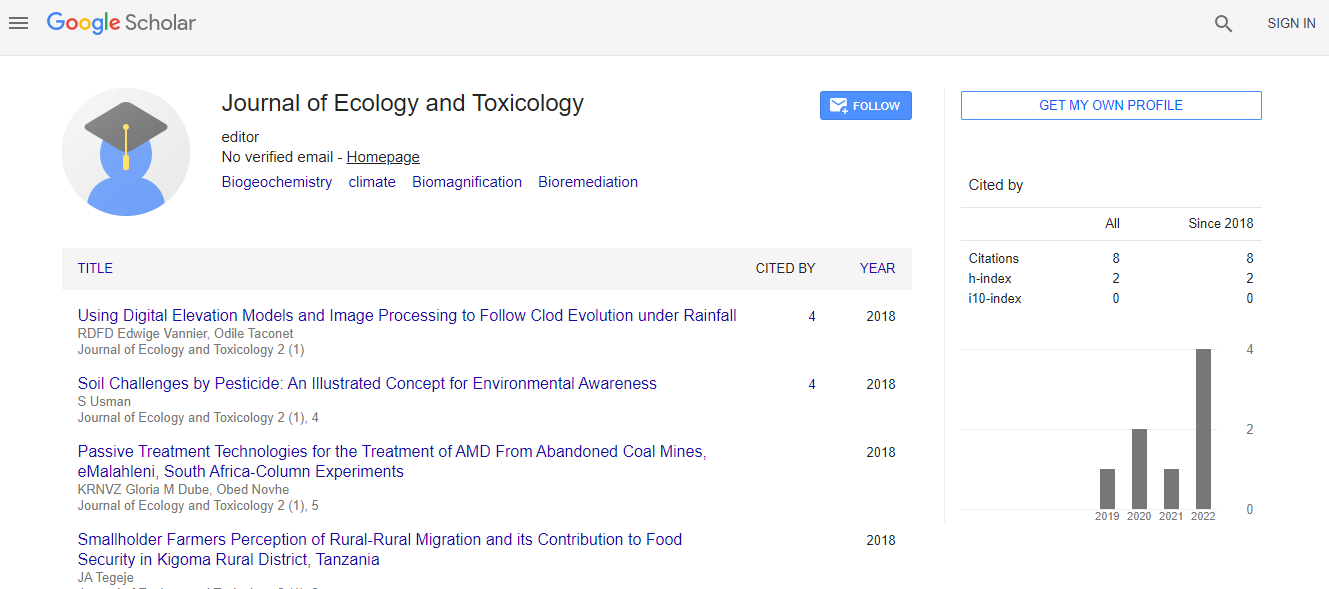Natural Conditions to Animate Development of Microorganisms
*Corresponding Author:
Copyright: © 2021 . This is an open-access article distributed under the terms of the Creative Commons Attribution License, which permits unrestricted use, distribution, and reproduction in any medium, provided the original author and source are credited.
Abstract
Bioremediation is a cycle used to treat defiled media including water, soil and subsurface material, by adjusting natural conditions to animate development of microrganisms and corrupt the objective contaminations. A situation where bioremediation is usually seen is oil slicks, soils debased with acidic mining waste, underground line holes, and crime location cleanups. These poisonous mixtures are utilized by chemicals present in microorganisms. Most bioremediation processes include oxidation-decrease responses where either an electron acceptor (normally oxygen) is added to animate oxidation of a diminished poison an electron benefactor (regularly a natural substrate) is added to lessen oxidized contaminations (nitrate, perchlorate, oxidized metals, chlorinated solvents, explosives and forces). Bioremediation is utilized to diminish the effect of results made from anthropogenic exercises, like industrialization and horticultural cycles. Generally speaking, bioremediation is more affordable and more economical than other remediation choices.

 Spanish
Spanish  Chinese
Chinese  Russian
Russian  German
German  French
French  Japanese
Japanese  Portuguese
Portuguese  Hindi
Hindi 